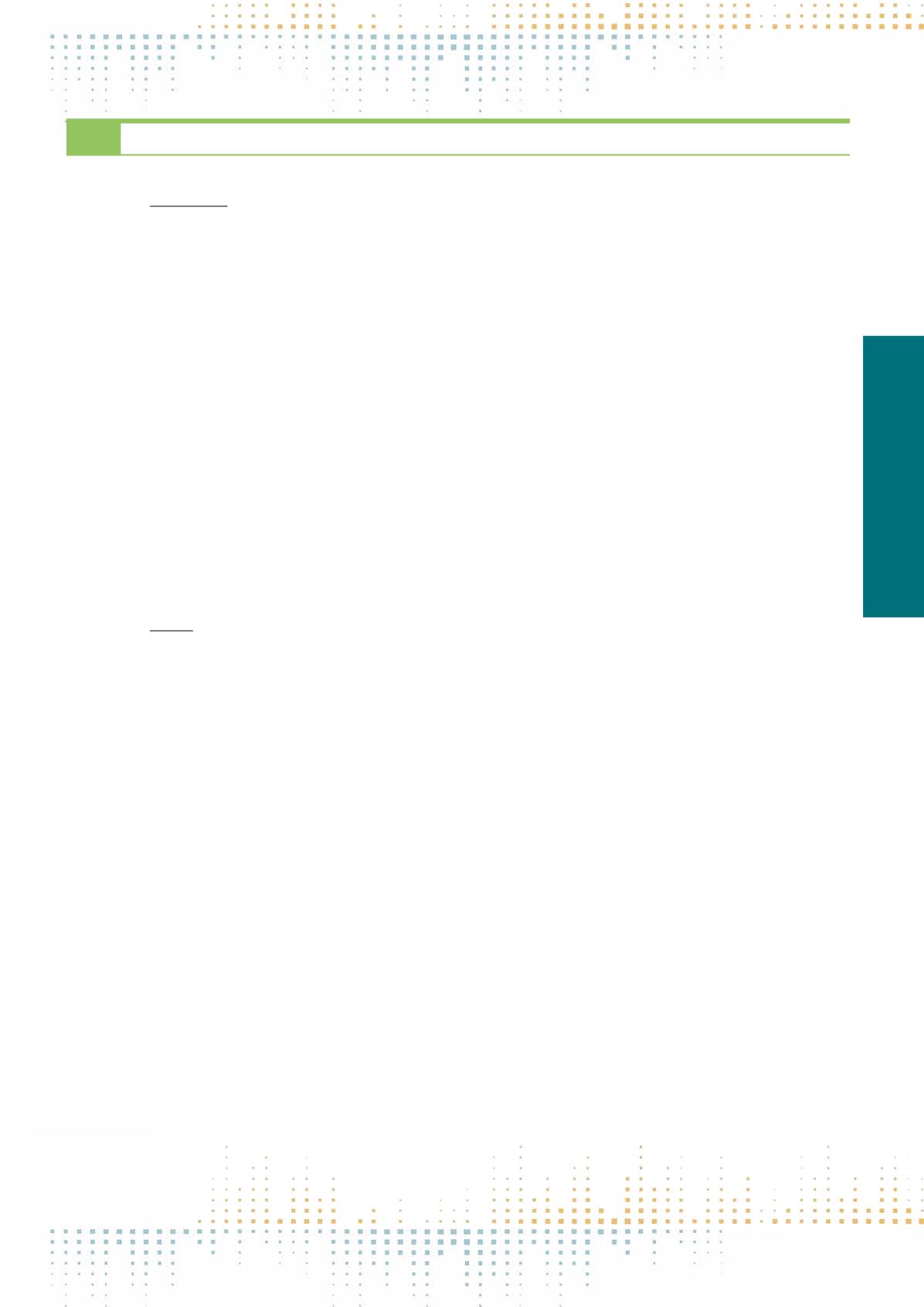

123
Saturday, November 12
1 1 : 0 0 – 1 2 : 3 0
COH09 Transition Periods in Communication
PP 619
The History of Post-Communist Romanian Advertising from Offline to Online Communication
M. Buga-Moraru
1
1
University of Bucharest- Faculty of Journalism and Communication, Cultural Anthropology and Communication, Bucharest, Romania
Romanian advertising has passed through significant changes after 1990, considering that concepts such as products, brands, consumers, consumerism,
competition, the free market became familiar to everybody. This was not only the moment for developing new domestic brands, accepting the global, and
empowering the old and local brands, but also the time of struggling to survive on a very demanding market. This paper aims to present the main stages
of Romanian democratic advertising given that the local industry has been deemed a main reference point for the Eastern European countries. In addi‑
tion, consumers welcomed global brands enthusiastically, recovering the gap between Romania and other ex-communist markets very quickly. The main
stages of local advertising could be analyzed either from the standpoint of brand identity, or from the standpoint of communication channels. In the first
case, we identified the following stages of local advertising: the phase of neglecting the genuine roots of brands; the second of building brand identity;
the third, of rediscovering national identity; and, last but not least, the stage of being awarded at the European level. In the second case, we identified two
categories of advertisements that represent the support for the offline and digital culture. Considering that this study intends to present an applied history
of Romanian advertising, it focuses on a brand that illustrates the transition from communism to democracy. The main research method is the case study
of a very well-known chocolate bar called Rom, whose history describes the evolution of the Romanian advertising. The sampling relies of data provided
by the specialized Romanian advertising site www. IQads. ro , where every brand registers its whole activity. This brand has passed through all four phases
which were earlier described, and, moreover, was awarded at Cannes in 2011 and 2014. Therefore, Romanian advertising is a reference point, not only for
Eastern countries, but also for Central ones, which have earlier been integrated into the European Union.The research will be conducted based on qualitative
methods, meaning a case study supported by content analysis. According to John Creswell, the case study will be a holistic analysis, which means a history
of the case, the chronology of the brand on the market based on the previous advertising stages, and, in the end, an analysis of brand themes. The historical
approach will include the offline and online development of the brand at the same time, while the themes analysis involves a comparative perspective
of both channels. Besides, the main topics of Rom campaigns stem from using content analysis, applied individually to offline and online advertisements.
The main issues of the analyzed themes refer to brand positioning, campaign tonality and creative direction.
PP 620
Mapping the Past of a National Web Domain: The Development of the Danish Web 2005–2015
J. Nielsen
1
, D. Laursen
2
, N. Brügger
1
1
Aarhus University, Media and Journalism Studies, Aarhus N, Denmark
2
State Library, Netarchive / State Media Archive, Aarhus C, Denmark
This paper analyses the historical development of the national Danish web from 2005 to 2015, asking the research question: What has the entire Danish
web looked like in the past, and how has it developed? The aim is to map selected quantitative characteristics, e.g. size, structure and content, of the Danish
web for each year within the period in order to do comparative studies. Knowledge of the development of the web is significant because in most societies
public dialogue and cultural life increasingly takes place online. A study of the historical characteristics of the web can serve as a baseline for other studies,
for instance by making it possible to determine whether a specific website at a given point in time was comparatively large or small. While the overall idea
behind the project was presented at the ECREA conference in 2014, this paper will focus on the methodological challenges involved in creating a corpus
of the Danish web and the first results of the analysis. The empirical material used is 1) the Danish web from 2005 to 2015 as it is archived in the national
Danish web archive Netarchive, and 2) the domain names of the country code top-level domain .dk, based on lists from the national domain name registrar.
From the material in Netarchive, a corpus has been created for each year that is as close as possible to the national web as it looked in this year.The data from
web’s underlying layer of digital code has then been extracted in a systematic and structured way in order to do big data analysis.The analysis focuses on five
characteristics of web: 1) size (size of the entire nation’s web, size of file types, and of websites), 2) space (geographical distribution of websites), 3) structure
(networks of hyperlinks), 4) vivacity (new/disappeared domain names and frequency of updating), and 5) content (file and software types, language, and
semantics (e.g. word frequencies, sentiment analysis/topic modeling)). These results are supplemented by an analysis of the domain name lists as they can
tell us the total number of domain names over time, the number of domain names created and disappearing in a year, change of ownership etc. Besides
presenting the preliminary findings, the paper will discuss the methodological challenges of the project, especially relating to the tasks of delimiting a na‑
tion’s web, creating a corpus for each year and minimizing duplicates. It will also discuss what other types of characteristics it could be relevant to analyse,
and how the analysis might be elaborated with other types of data.



















